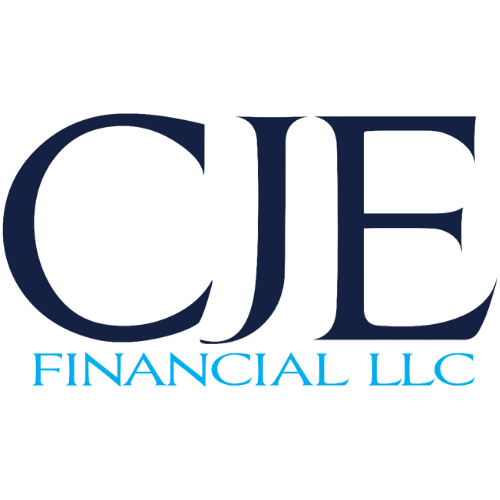Mid-Year Check-Up: Are Your Financial Goals on Track?
As we enter the second half of the year, it's the perfect time to take a step back and assess your financial progress. A mid-year financial review helps ensure that you’re on track to meet your financial goals and is a great opportunity to adjust any strategies that may need tweaking.
Evaluate Your Budget
It’s time to assess how well your current spending aligns with your financial plans. Focus on key areas of your budget, pinpointing areas where you may be over- or underspending and adjust accordingly. It’s important to account for any changes in income, as these may affect your budget and require additional calibration.
Don’t overlook the importance of emergency savings and search for opportunities to reduce your financial risk. If you have any high-interest credit card debt, prioritize paying it down to avoid accumulating additional interest and strengthen your position for the months ahead. (1)
Evaluate Your Investment Portfolio
As with your budget, it’s time to check the performance of your investments and see if they still align with your annual goals. You may need to consider rebalancing your portfolio to maintain your desired asset allocation.
Diversifying your investment portfolio will help you to minimize risk and help to protect against market volatility. Historical evidence shows that over time, a diversified portfolio generally outperforms the majority of more focused ones. There are plenty of different diversification strategies to choose from, but their common denominator is buying investments in a range of different asset classes, or groups of investments with similar risk and return characteristics. (2)
Debt Management
Evaluate your debt situation: Are you on track with your repayment plans? If you’re carrying high-interest debt, consider strategies for paying it down faster, such as allocating additional funds, refinancing, or consolidating your debt.
A debt consolidation loan will come with interest, but these rates are likely lower than those associated with credit cards and other high-interest debts, saving you money in the long-run. (3)
Retirement Planning
Review your retirement accounts and ensure you're maximizing contributions to your 401(k), IRA, or other retirement plans. Check if you're on track with your contribution goals and consider increasing your contributions if possible.
For the year 2024, workers can defer paying income tax on as much as $23,000 on contributions to a 401(k) and a 403(b), the federal government's Thrift Savings Plan. For those over 50, you are eligible to make catch-up contributions of up to $7,500 to your 401(k) plan, bringing the total to $30,500 in tax-deferred contributions for the 2024 tax year. (4)
Increasing your contributions in the latter half of the year can help you take full advantage of tax benefits and can help strengthen your retirement fund.
Closing Thoughts
Regular check-ups are crucial for keeping your financial goals on track by making necessary adjustments. If you need personalized advice or assistance, don’t hesitate to reach out to our team. We’re here to help you navigate your financial journey and aim to assist you in achieving your goals.
Article Sources:
Walrack, Jessica. “Perform a Mid-Year Financial Checkup in 10 Steps.” US News, July 25, 2024. (1)
Berger, Rob. “How Diversification Works, and Why You Need It.” Forbes, July 30, 2024. (2)
Suknanan, Jasmine. “Thinking of consolidating your debt? Here are the pros and cons you need to know.” CNBC, June 17, 2024. (3)
Hartman, Rachel. “How to Take Advantage of 401(k) Catch-Up Contributions.” US News, March 1, 2024. (4)



